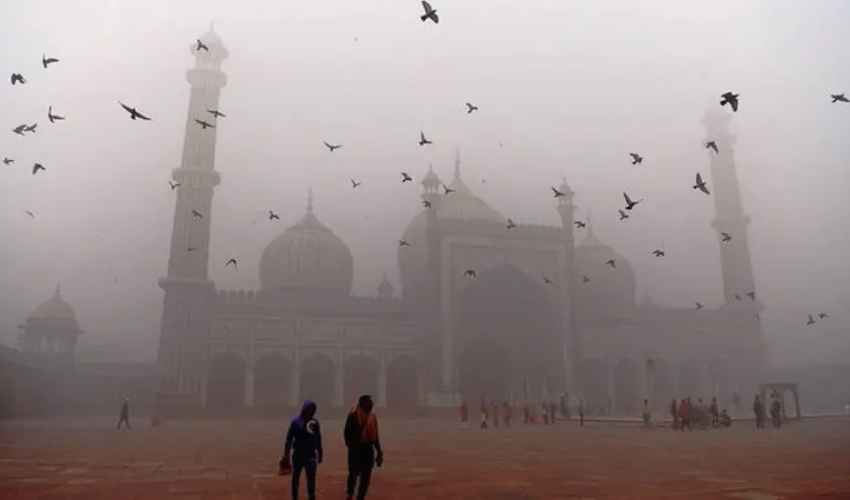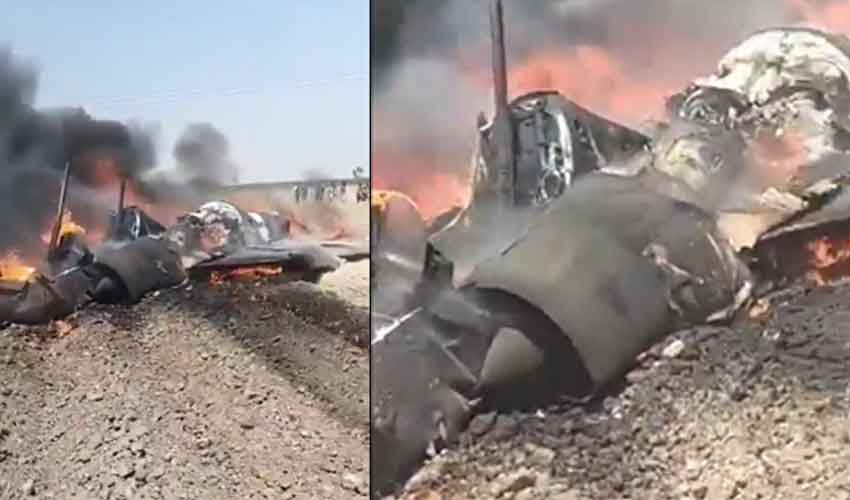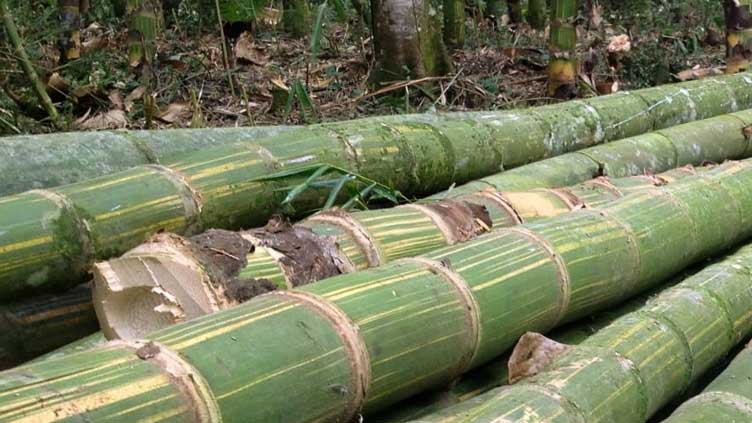Smog, a combination of "smoke" and "fog," emerged in the 1900s as a blend of industrial smoke and fog.
Originating from coal combustion predominantly in industrial zones, smog's evolution has shifted.
It now includes photochemical smog, triggered by interactions between nitrogen oxide, volatile organic compounds (VOCs), and sunlight. Unlike the traditional coal-induced smog, contemporary smog results from vehicle emissions, coal-powered plants, and everyday items like petrol, cleaning agents, and paints.
Health risks of smog:
While smog offers a shield against harmful UV radiation, the combination of smoke and fog poses significant health hazards. Prolonged exposure to polluted air leads to numerous health issues. From respiratory difficulties to circulatory conditions, allergies, strokes, and even premature death, smog's impact is far-reaching and dangerous.
Lahore's smog crisis:
Lahore, the capital of Punjab in Pakistan, suffers with an annual smog season triggering allergies, respiratory diseases, and government interventions to control it.
Recently, it made headlines for its toxic air, ranking as the world's most polluted city for consecutive days.
The Air Quality Index (AQI) soared to hazardous levels, prompting concerns and calls for action.
Failed anti-smog measures:
Despite the Punjab government’s efforts, Lahore's pollution woes seemed to persist. Smart lockdowns, traffic bans, and initiatives to promote cycling faced challenges as the city's air quality remained hazardous.
Government’s anti-smog initiatives, including traffic restrictions and localized lockdowns, have so far gained a limited success.
In another worrisome incident, Lahore's youth were seen engaging in outdoor activities amidst hazardous air quality. Ignoring health warnings, youngsters played cricket on closed roads, underlining the urgency of raising awareness about smog's dangers and the need for adherence to safety guidelines.
Artificial rain: A hopeful solution:
‘Cloud seeding’, a weather changing technique, emerges as a potential solution to Lahore’s smog crisis. Artificial rain, achieved by introducing chemicals like silver iodide or dry ice into clouds, proves to be viable in combating poor air quality.
Lahore's tryst with artificial rain:
In Lahore, the idea of artificial rain gained attention as a solution to tackle severe smog levels. The Punjab government reserved significant funds, estimated at Rs350 million, for a cloud-seeding program. Collaborations with international experts, particularly from China, aimed to initiate cloud-seeding efforts in Lahore.
Postponement and challenges:
However, the execution of artificial rain in Lahore faced delays. Technical issues, grounded aircraft, and substandard project performances contributed to the postponement. There have been negotiations in progress with international entities, including a Dubai-based firm specialized in cloud seeding, signaling potential breakthrough in the process of creating artificial rain.
Environmental concerns and action:
Beyond artificial rain, environmental agencies identify many other factors contributing to Lahore's smog, including burning of waste instead of properly disposing it and industrial emissions. The region's increased industrialization and population growth has worsened pollution, demanding effective strategies for sustainable solutions.
Urgency for precautionary measures:
Amidst Lahore's smog crisis, ensuring health of masses has become paramount. Recommendations include wearing masks, minimizing outdoor exposure, and adopting precautionary measures, especially for motorbike riders and pedestrians.
Navigating smog and innovations:
Understanding smog's complexities prompts the urgency for effective measures. Artificial rain, is a promising innovation, highlighting our ability to battle environmental challenges.
Emphasizing awareness, community participation, and government initiatives will be crucial in controlling smog and ensuring a healthier future for cities like Lahore.



























